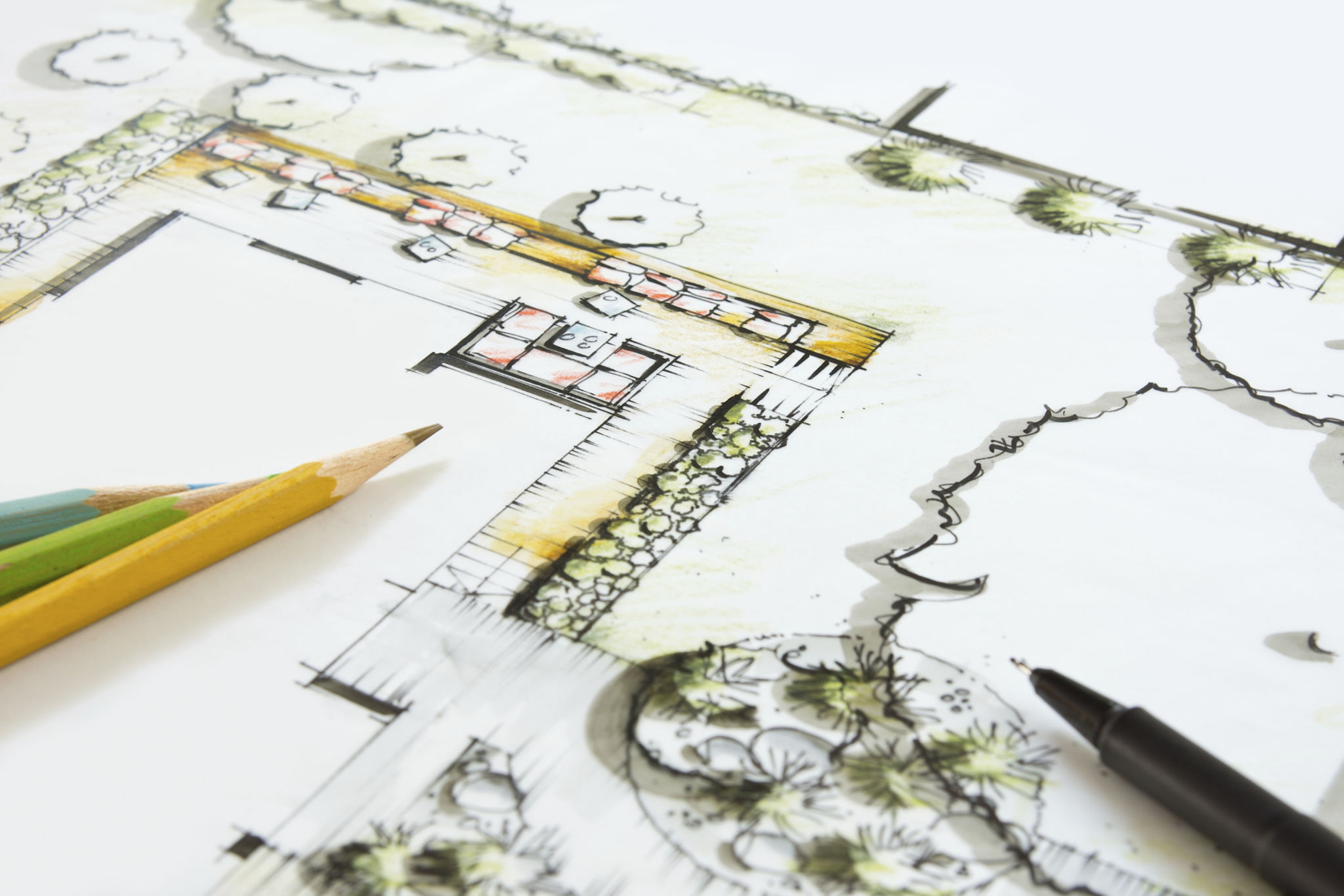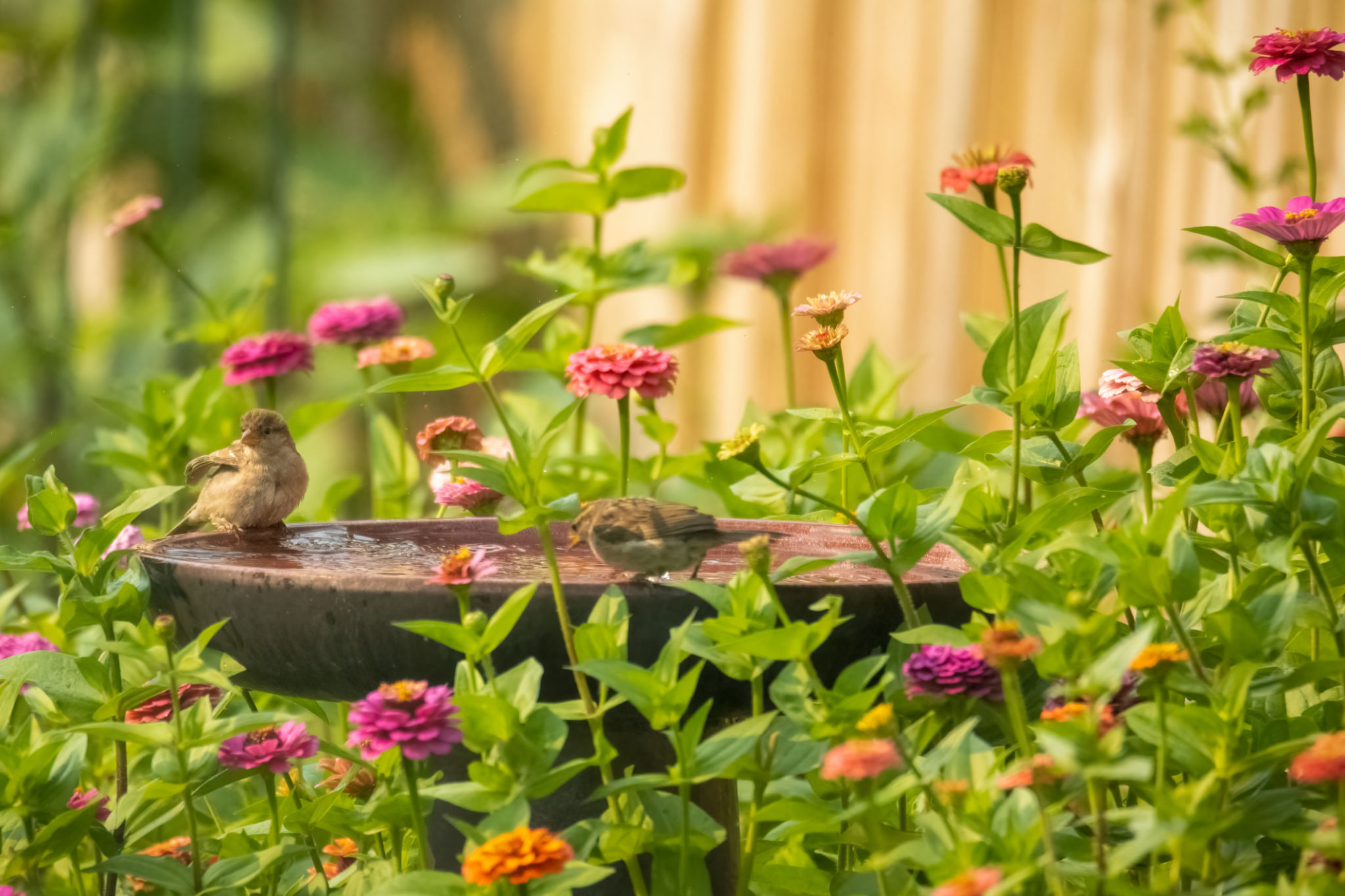Common Garden Design Mistakes and How to Avoid Them
Overlooking the Importance of Planning
One of the most common mistakes in garden design is diving into planting without a proper plan. Enthusiasm is great, but without a blueprint, you might end up with a chaotic and disorganized garden. To avoid this, start by sketching a layout of your garden space. Consider factors like sunlight, soil type, and existing plants. Planning helps ensure that each plant has the right environment to thrive.

Additionally, think about the purpose of your garden. Are you aiming for a tranquil retreat, a vibrant flower display, or perhaps a vegetable patch? Clarifying your goals will guide your plant choices and overall design.
Ignoring Soil Quality
Your garden's soil is the foundation for healthy plants. Many gardeners make the mistake of neglecting soil quality, leading to poor plant growth and disappointing results. Conduct a soil test to understand its pH level and nutrient content. This information will help you amend the soil properly, ensuring it meets the needs of your chosen plants.
Investing time in improving soil quality through composting and adding organic matter can make a significant difference. Healthy soil promotes robust root systems and resilient plants.
Overcrowding Plants
It's easy to get carried away with planting too many species in a limited space. Overcrowding can lead to competition for resources like sunlight, water, and nutrients, resulting in stunted growth and increased susceptibility to diseases. To avoid this, pay attention to planting guidelines regarding spacing and mature plant size.

Create a balanced layout by considering the height and spread of each plant. This not only maximizes their aesthetic appeal but also ensures they have ample room to grow and flourish.
Neglecting Seasonal Changes
A common oversight in garden design is not accounting for seasonal changes. A garden that looks stunning in spring might lose its charm in other seasons if not properly planned. To maintain year-round interest, incorporate a mix of evergreen plants, perennials, and seasonal flowers that bloom at different times.
Strategically placing plants with varying textures and colors can keep your garden visually appealing throughout the year. Consider how each season affects your garden's sunlight and temperature, adjusting plant selection accordingly.

Lack of Maintenance Consideration
While designing a garden might seem like a one-time task, ongoing maintenance is crucial for its success. Many gardeners underestimate the time and effort required for upkeep. Before planting, assess how much time you can realistically dedicate to maintaining your garden.
If you're limited on time, choose low-maintenance plants that require minimal care. Implementing mulch can help retain moisture and reduce weed growth, making maintenance more manageable.
Forgetting About Wildlife
Another mistake is neglecting to consider local wildlife in your garden design. By incorporating plants that attract beneficial insects like bees and butterflies, as well as providing habitats for birds, you can create a thriving ecosystem. Avoid using pesticides that might harm these creatures.

By fostering biodiversity, your garden becomes not only beautiful but also environmentally friendly, contributing positively to the local ecosystem.